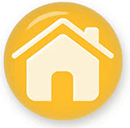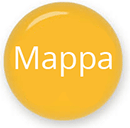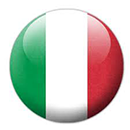|
Piazza San Bartolomeo |



|
Trading district of Porta San Marco: This is the first section of a long, winding street (Via di Porta San Marco), which runs through a working-class part of the city where many crafts are carried out, continuing outside the old San Marco gateway with more trading establishments along the road that leads out to Montale and the Pistoian hills. Behind the houses are large areas of greenery and narrow alleys with workshops, an ancient printing works, small shops and the only plant and tree nursery to survive inside the walls. A big children's party is held on 24 August, St. Bartholomew's Day, to celebrate the saint's local status as patron saint of children. The square, the parvis of the church and Via San Bartolomeo become the setting for a lively market with toys and sweets, including the typical "pastry crown" that children are given to wear on this special day, which generally ends in a visit to the church and the traditional unction ritual. |
|
Church of San Bartolomeo in Pantano: Built in the mid-8th century by the land-owning doctor Gaidoaldo, and enlarged in 1159, this is the most important Longobard building in the city. The Romanesque façade, the upper part of which was finished in the 1700s, is divided into five blind archways. There are three doorways and over the middle one is an architrave with a high-relief marble sculpture depicting The Disbelief of St. Thomas and the Apostles by Gruamonte (1167). The interior, with a nave and two aisles, has capitals with columns sculpted with animal, human and plant figures, and in the apse a fresco of Christ Blessing by Manfredino d'Alberto (late 13th cent.). There is a pulpit by Guido da Como (1250), bas-relief panels from another pulpit and a Crucifix on a tree trunk (13th cent.). The church was restored between 1951 and 1961. To the left of the church stands a brick-built bell tower with pointed arch openings in the belfry, which rests on the remains of the earlier stone tower, destroyed between the 13th and 14th centuries. |
|
Palazzo Tucci Spada: Owned by the Rospigliosi family of princes from the 1700s and later bought by the Tucci Spada marquises, this building contains one room exquisitely frescoed by Domenico Piastrini (18th cent.). |
|
Church of Santa Liberata (formerly Santa Maria in Borgo Bambini): Records dating back to the 13th century refer to this church as Santa Maria in Borgo, and later as Santa Maria in Borgo Bambini. In the 17th century it was transformed, enlarged and renamed as Santa Liberata. |
|
Palazzo Cancellieri antico: This late 16th-century building , which has a large open balcony, has on its front a stone family crest depicting a pig. |


| CNA Pistoia - Impresa+s.coop. Realizzato da SIS Informatica. |